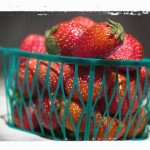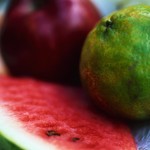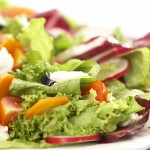Research your options!
Planning ahead is key to a healthy lifestyle, and that means be informed. If you’re heading out to eat, one easy action sets you up for a healthy meal success. Seeking out information ahead of time takes the guess-work out of making nutritious food choices. So how do you do it?
Look up the menu online. Look up the menu online ahead of time to plan for a healthy meal. Firstly, you won’t get caught up in making a fast, pressured decision. Secondly, you won’t be distracted by others choices. Finally, you won’t be swayed by spontaneous cravings.
 Subscribe
Subscribe








